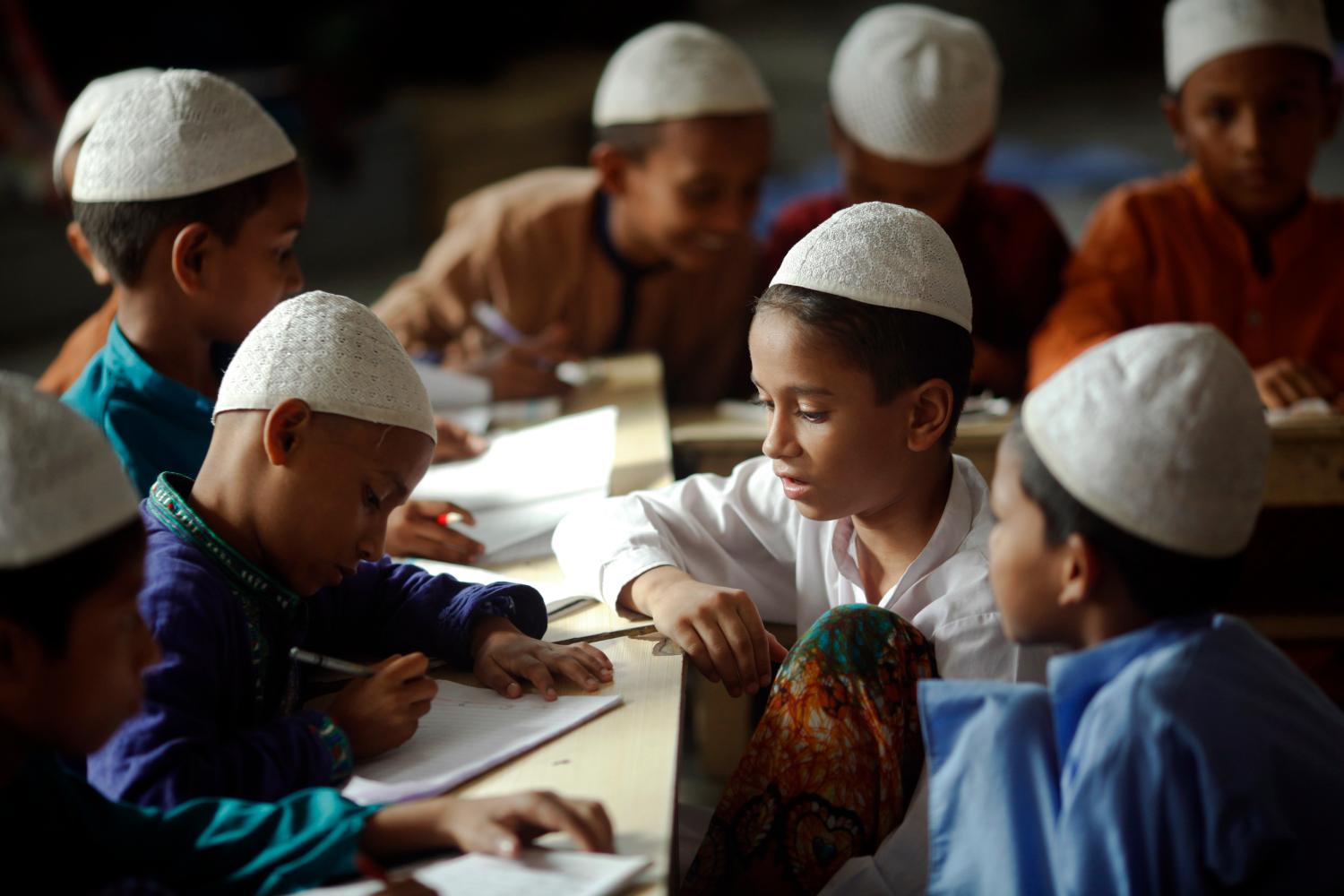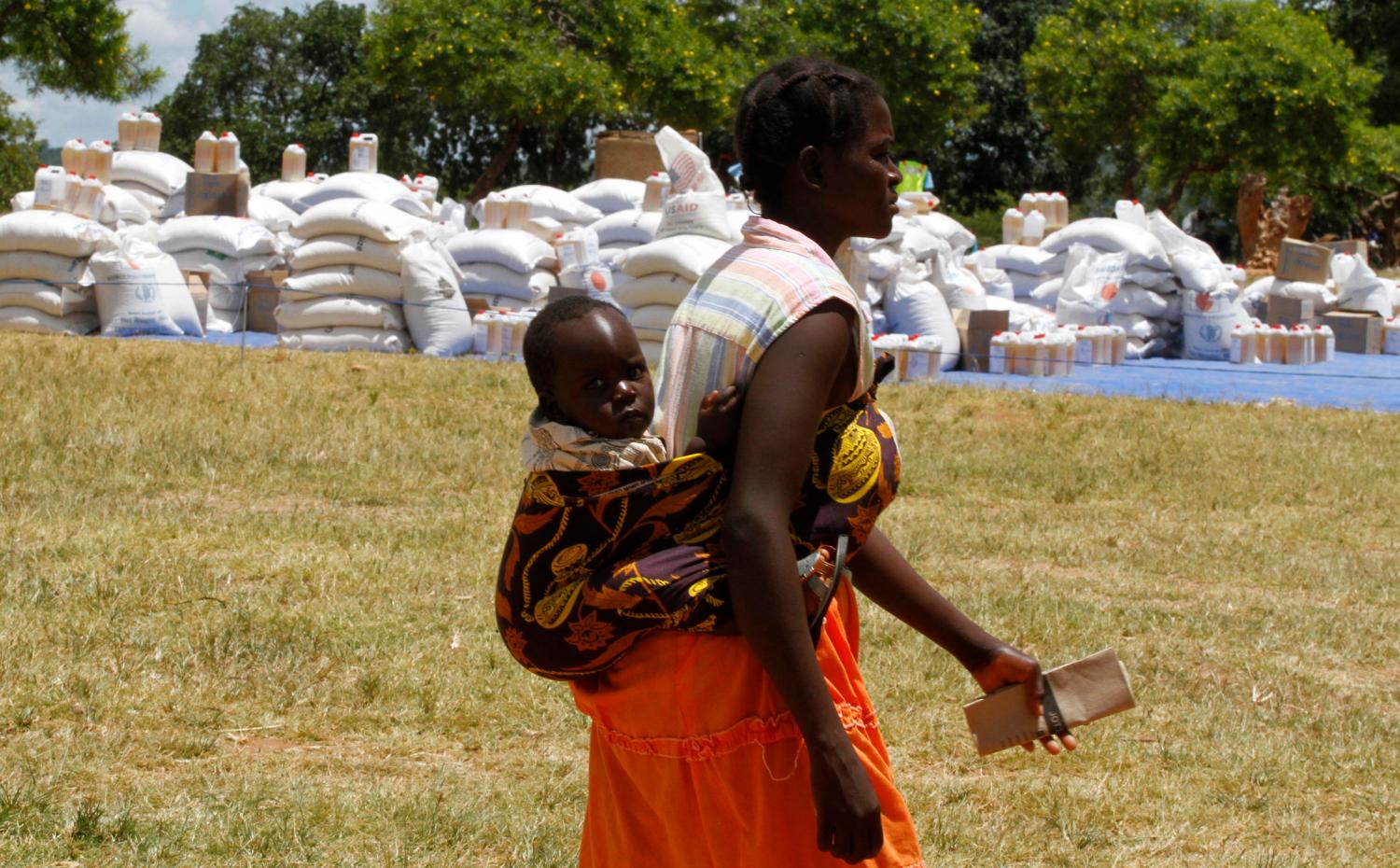Bangladesh is at a critical juncture in the development
of its education system. In 2013 the government
decided to nationalize more than 26,000 nongovernment
schools (about 25 percent of all primary schools)
in an attempt to fulfill the vision laid out in its National
Education Plan to “create unhindered and equal opportunities
of education for all.” This includes “access of all
sections of children to primary education irrespective of
ethnicity, socioeconomic conditions, physical or mental
challenges and geographical differences.” This report assesses
how Bangladesh is faring and how it is allocating
its financial resources to achieve this vision of universal
primary education.
Bangladesh has made impressive progress in such
key development areas as improving the provision
of services, lowering the rate of child mortality and
reducing the number of people living in impoverished
conditions. Two decades of steady growth have
contributed to these achievements, and Bangladesh is
now ranked as one of the highest improvers on the UN’s
Human Development Index. The fact that broad-based
progress has been sustained within a challenging political
context has been noted as a “development surprise.”
Bangladesh has seen unprecedented expansion in
access to primary education during the past two
decades, spurred on by strong national policies and
effective education programs. In 1990 just over twothirds
of its primary-age children were enrolled in primary
school, while today there is near-universal education.
Particularly striking have been gains in girls’ education.
Today, there are more girls in primary schools than boys.
Progress has also been made in access to schooling in
marginalized areas. In the 1990s and 2000s this expansion
was led by nonstate providers, and more recently by
the government.
Today the education system includes more than
100,000 schools run by a large variety of public,
private, NGO and religious providers, overseen by a
complex bureaucracy involving multiple ministries. The
management of the education system is highly centralized,
and education delivery is overseen by numerous deconcentrated
administrative units, with local subdistricts
(upazilas) playing a major role in the education administration.
Because of the importance of the upazilas for
education delivery, this paper examines the performance
of the education system using upazilas as the unit of
analysis. Our analysis includes 503 upazilas.
Bangladesh’s recurrent public spending in primary
education has been largely pro-poor. Public spending
per child in the poorest quintile of upazilas was 30
percent higher than in the wealthiest quintile. This is a
remarkable achievement. A positive relation was also
found between the education input indicators and access
indicators, suggesting that improvements in education
inputs have had good results in getting more
children into schools and improving equal access to primary
education. In 70 percent of upazilas, average gross
enrollment rates (GERs) are above 95 percent, and 40
percent of upazilas have reached the government target
rate of 105 percent. The GER is still lower in poorer areas,
however, at an average of 101 percent in the poorest
quintile of upazilas, compared with 107 percent in the
wealthiest quintile.
Despite good results in improving access to primary
education, Bangladesh’s pro-poor spending has not
translated into better overall education outcomes,
and inequities continue to exist. While children are
enrolling in school, average dropout rates are above 30
percent in nearly two-thirds of all upazilas. Poor areas
score worse, with an average dropout rate of nearly 35
percent in the poorest quintile. Consistent learning outcome
data across upazilas do not exist, but the National
Student Assessment also confirms significant gaps between
poorer and wealthier students in terms of learning
achievements for Bangla language instruction and
mathematics. Underlying these persistent disparities in
education outcomes are inequities in accessibility, infrastructure
and teaching inputs.
Overcrowded classrooms and difficult-to-reach
school locations are common, especially in poor upazilas.
Nationwide, over 15 million children—97 percent
of preprimary and primary students in schools with information
on class size—are in overcrowded classrooms
(i.e., average room size per student is below the target
of 1.18 square meters). Even after accounting for double
shifting, more than three-quarters of all students are in
overcrowded classrooms, with low contact hours for
teaching and learning. In poorer upazilas, schools are
also often not located in—or easily accessible from—remote
communities, and overall infrastructure conditions
are inadequate. In the poorest quintile of upazilas, fewer
than 20 percent of schools had electricity.
An adequate supply of qualified teachers remains a
problem across a broad range of upazilas. Average
pupil/teacher ratios were above the national target of 46
students per teacher in about 60 percent of all upazilas.
The poorest quintile performed worse (at an average of
53 students per teacher, compared with 48 pupils per
teacher in wealthier upazilas). But teacher qualifications
were found to be higher in poorer areas. This seems to
be due to the higher share of government-supported
schools, which tend to have teachers with relatively
higher qualifications. Following stipends, spending on
teacher salaries is the second most important driver of
Bangladesh’s pro-poor spending patterns.
The quality and equity challenges facing
Bangladesh’s education system are caused by a
number of complex and interrelated factors, including
entrenched socioeconomic disparities. But we also find a number of shortcomings in Bangladesh’s primary
education financing that should be addressed to encourage
further progress. We find that overall low levels of
spending, declining stipend values and capital investments
favoring wealthier areas exacerbate the disadvantages
of the poor. In addition, complex and incremental
education financing models and a lack of attention to
the impact of education financing have limited the government’s
ability to effectively target the needs of the
poor.
The Brookings Institution is committed to quality, independence, and impact.
We are supported by a diverse array of funders. In line with our values and policies, each Brookings publication represents the sole views of its author(s).





